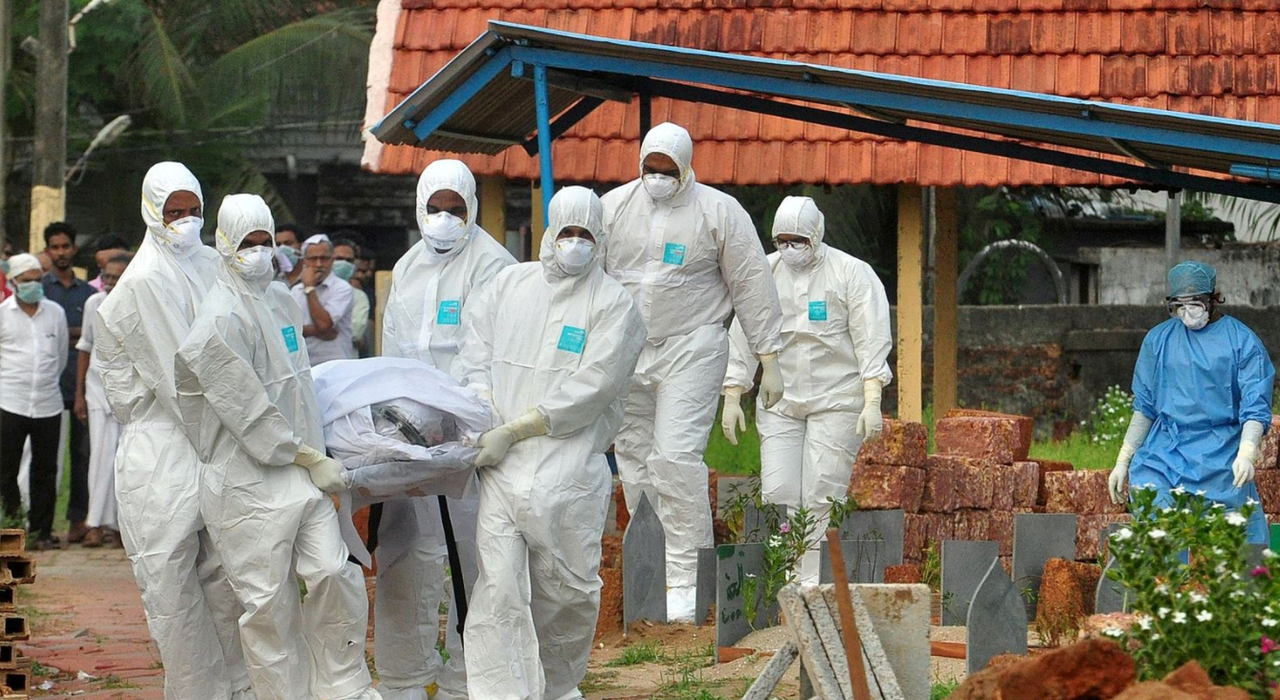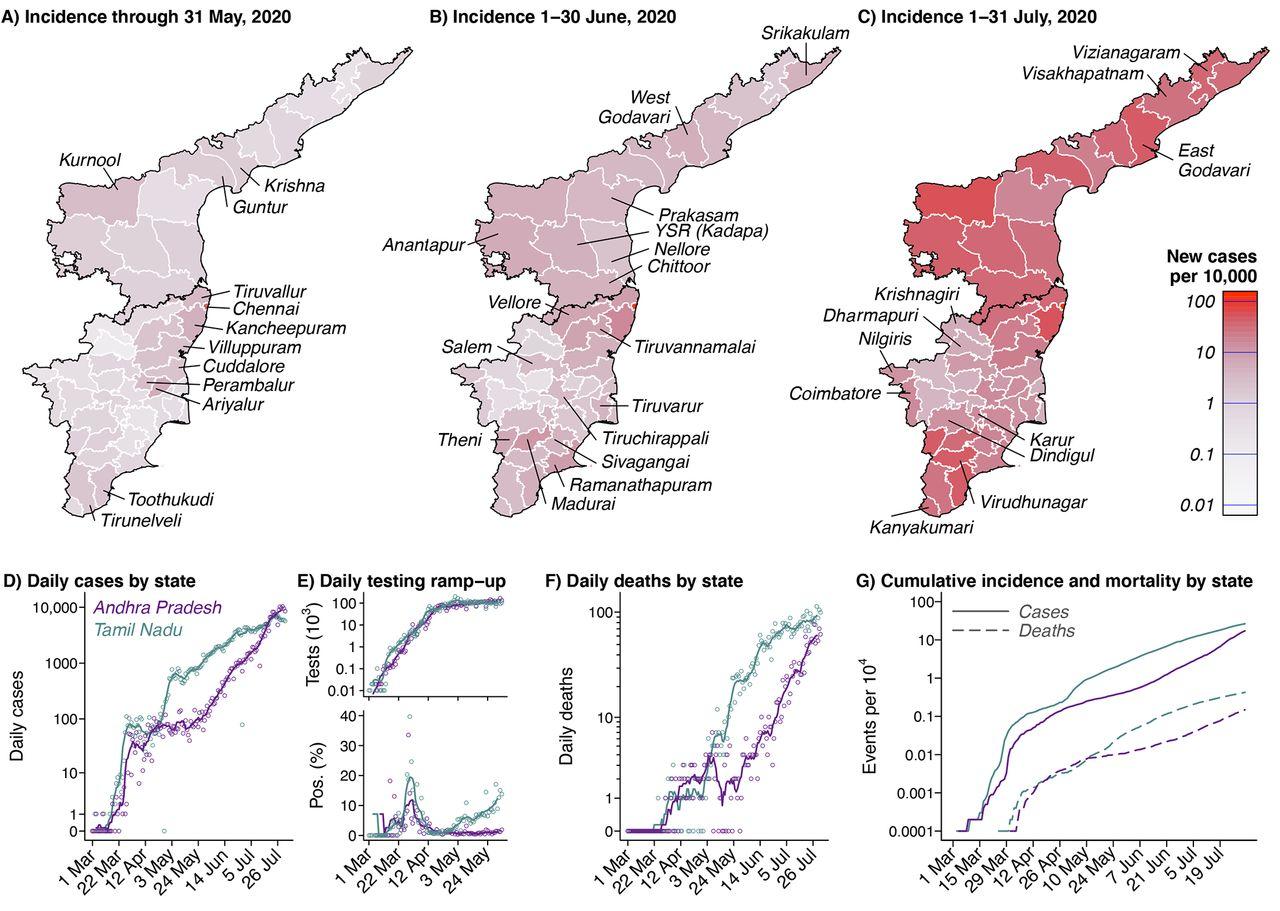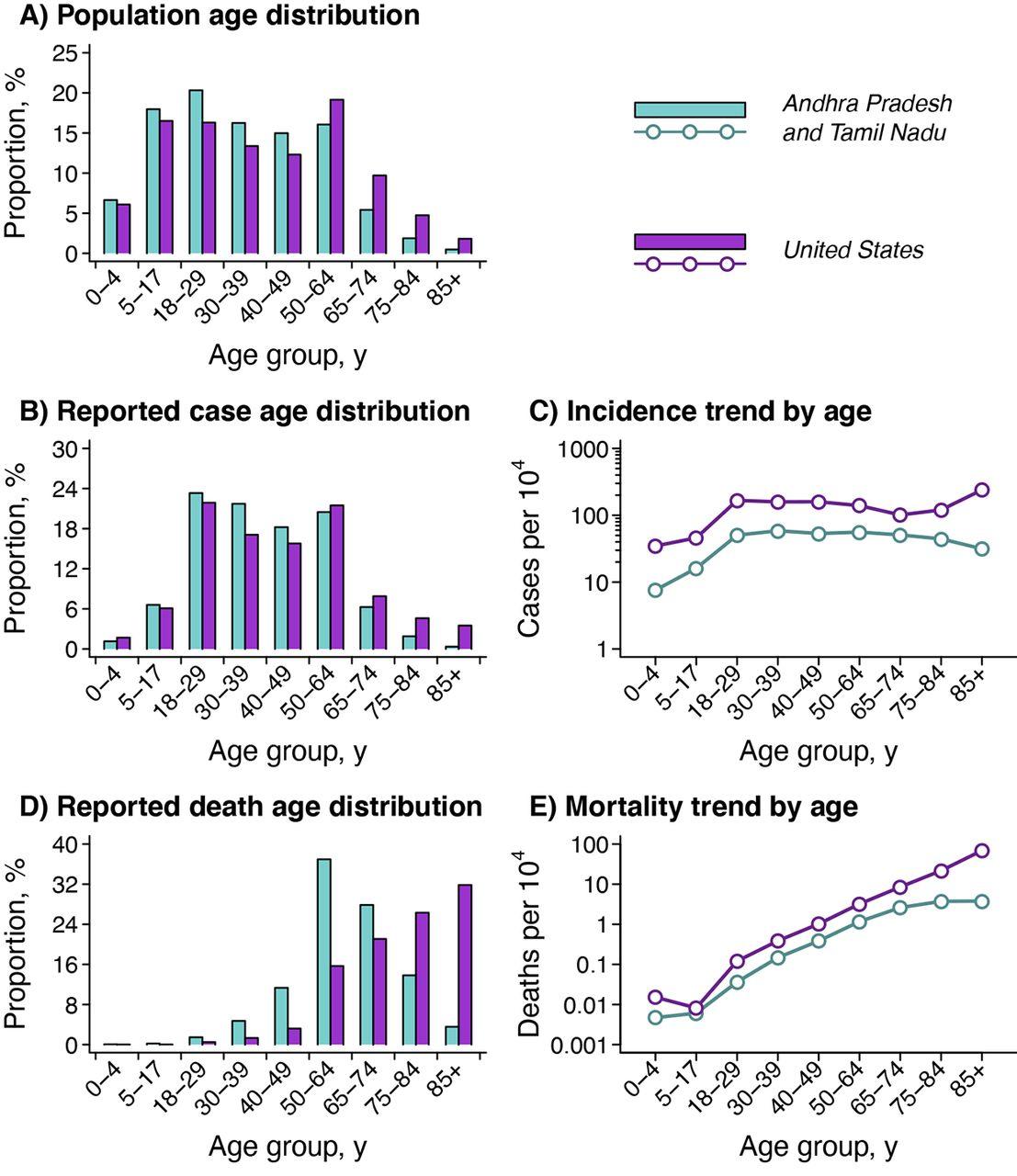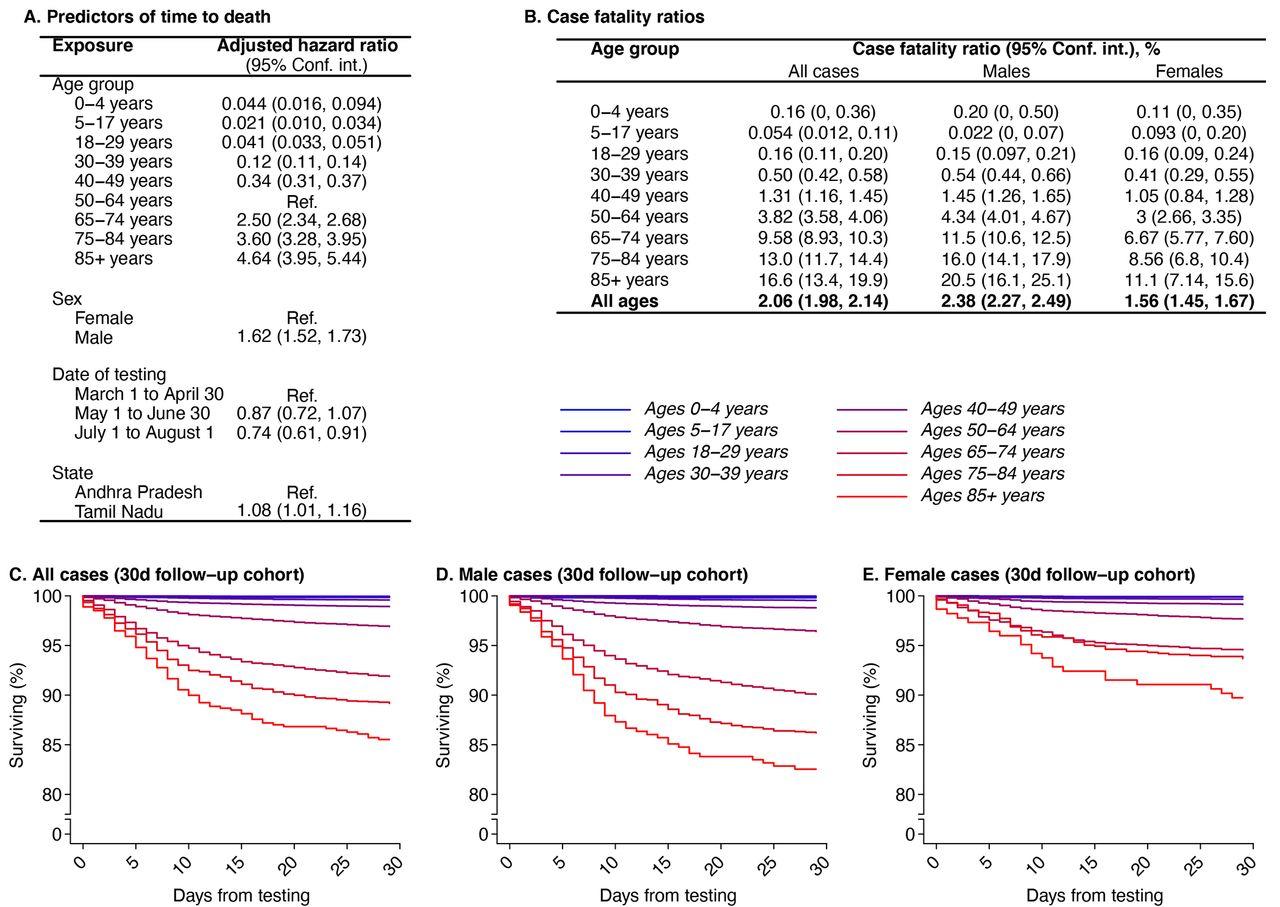“Super Spreaders” Cause More Than 4 Million COVID-19 Infections Across India, New Study Finds
Tyler Durden
Wed, 09/30/2020 – 21:00
In what scientists have billed as the first major analysis of SARS-CoV-2 transmission in a developing country, a new study published Wednesday in the journal Science shows that a small number of “super spreaders” caused as much as 2/3rds of infections in India.
The data was gathered over months while tracing more than 3 million contacts in the southern Indian states of Andhra Pradesh and Tamil Nadu.
Until recently, most of the research on the virus came from the US, Europe and China. But with India set to surpass the US as the world’s largest outbreak over the next 2 weeks or so, the research has arrived at a critical time. It shows that roughly 8% of confirmed cases later led to 2/3rds of the outbreak.
With India teetering on the cusp of passing 100,000 deaths – it would be the third country to top that number after the US and Brazil – Ramanan Laxminarayan, director of the Center for Disease Dynamics, Economics & Policy and author of the study, said in an interview with Bloomberg that his research marks the first time that scientists have had granular data allowing them to actually map the spread of the virus from contact to contact in two Indian states.
But on the flip side, the researchers found that 71% of infected people never passed the virus to anyone.
“We’ve never had this degree of information to say, hey, some people are really transmitting the virus in a massive way,” Laxminarayan said in an interview. In contrast with the super-spreader minority, 71% of confirmed cases whose contacts were traced weren’t found to have spread the virus to anyone.
Data for the study were gathered by thousands of contact-tracers during the lengthy lockdown imposed by the Indian government. Almost 130 million people live in Tamil Nadu and Andhra Pradesh.
Combined, their population represents roughly 10% of all of India. Both states reported their first infections on March 5. The data examined ended on Aug. 1.Now, India has nearly 6.25 million confirmed cases of the virus.
Source: Science
Health workers traced the spread using the same skills they’ve used to trace the spread of HIV and tuberculosis. In settings like public transit, coming into close contact with an infected person could carry as high as a 79% risk of infection.
One notable finding of the study was the role that younger people played in spreading the virus. In the two Indian states, children under the age of 14 often “silently” spread the virus to their parents and family members.
An analysis of the risks for different age groups found that the rate of mortality for the youngest cohort was 0.05% for ages 5 to 17. On the other end of the spectrum, the mortality rate hits 16.6% for people aged 85 and up.
Read the full paper below:
Science.abd7672.Full by Zerohedge on Scribd
via ZeroHedge News https://ift.tt/2GhlXcW Tyler Durden



